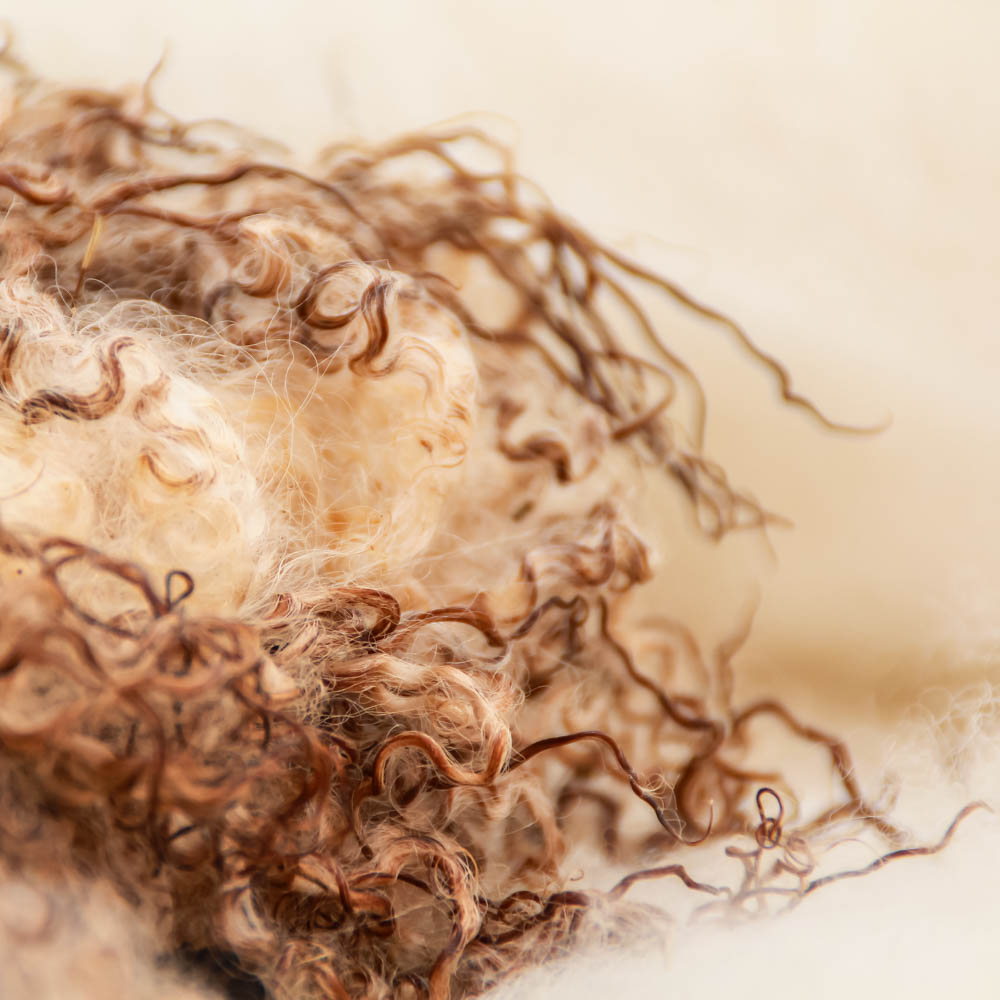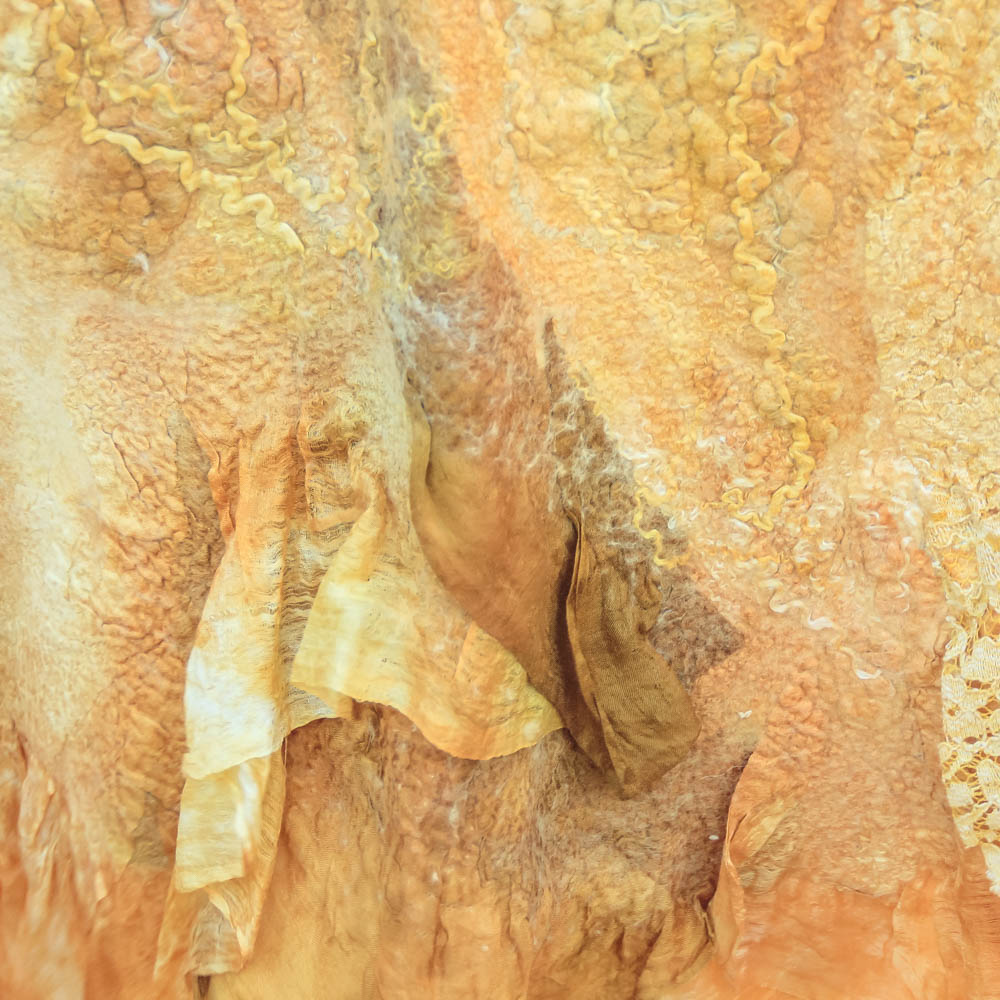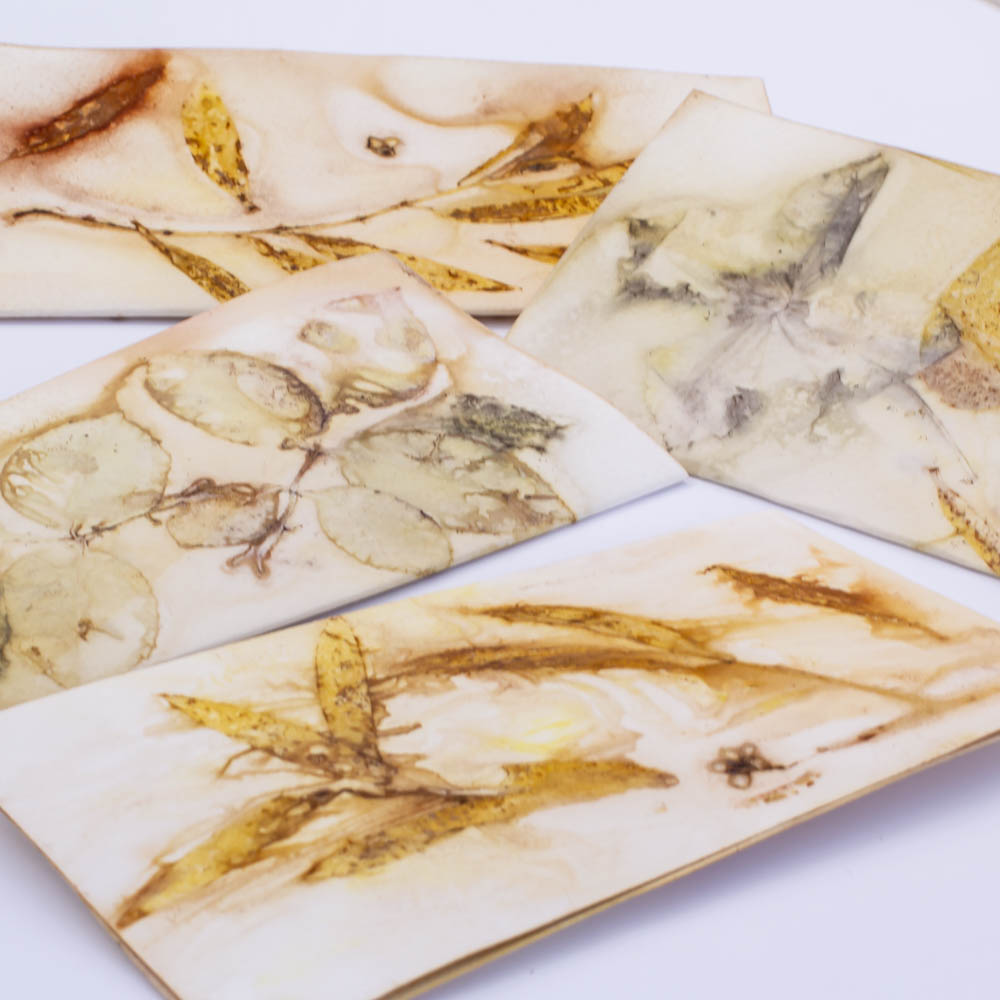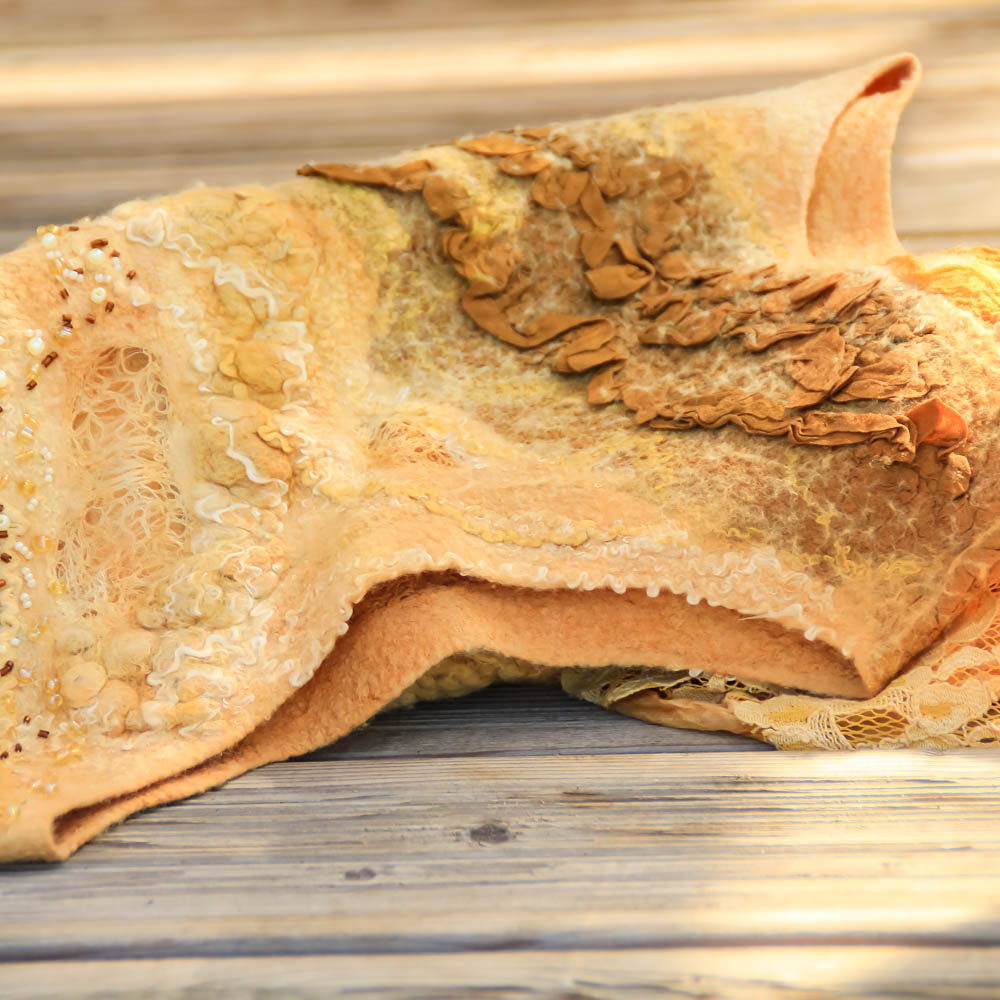Plants and felt hold ancient warmth and purity inside

Felting
Making felt is one of the first handicraft methods in the history of humankind and one of the oldest ways to make fabrics and clothes.
Felt is not woven, it is created by rubbing wool intensely with soap and water. This action gradually makes the material denser and stronger.
The first clothes and cradles were made from felt and this kind of history gives the material a deeper meaning and the items made from wool often have especially lovely emotions connected to them.
If this topic sounds like something up your alley and creatings something with felt seems interesting to you, then you are very welcome to join our workshops.
Nuno felting
Nuno technique originates from Japan and the word nuno means fabric in Japanese. Felt is normally seen as a strong and stiff material that holds its shape well, but nuno technique was created because of the need to create thin and well falling fabric materials for author’s technique.
Nuno felt is the result of joining thin fabric and wool – while felting the wool fibres penetrate through the fabric and the process creates a unique combination of materials. The final fabric has a relief structure, which is created by the shrinking of wool fibres.


Eco-printing or dyeing with plants
Eco-printing is one of the techniques of dyeing with plants. Eco-printing is a unique dyeing method, which constitutes of using leaves and flowers of different plants to leave a print on a fabric or a paper. The first step is to process the textile or paper with different natural substances, such as vinegar, and every step also requires additional fortifying. When the groundwork is done, the chosen plants or parts of plants will be placed on the material. After that, the natural colours of the plants will be transmitted onto the paper or textile, with the help of steaming or boiling.
The results of eco-printing are always different for their composition and colour palette and that makes them unique works of art.
